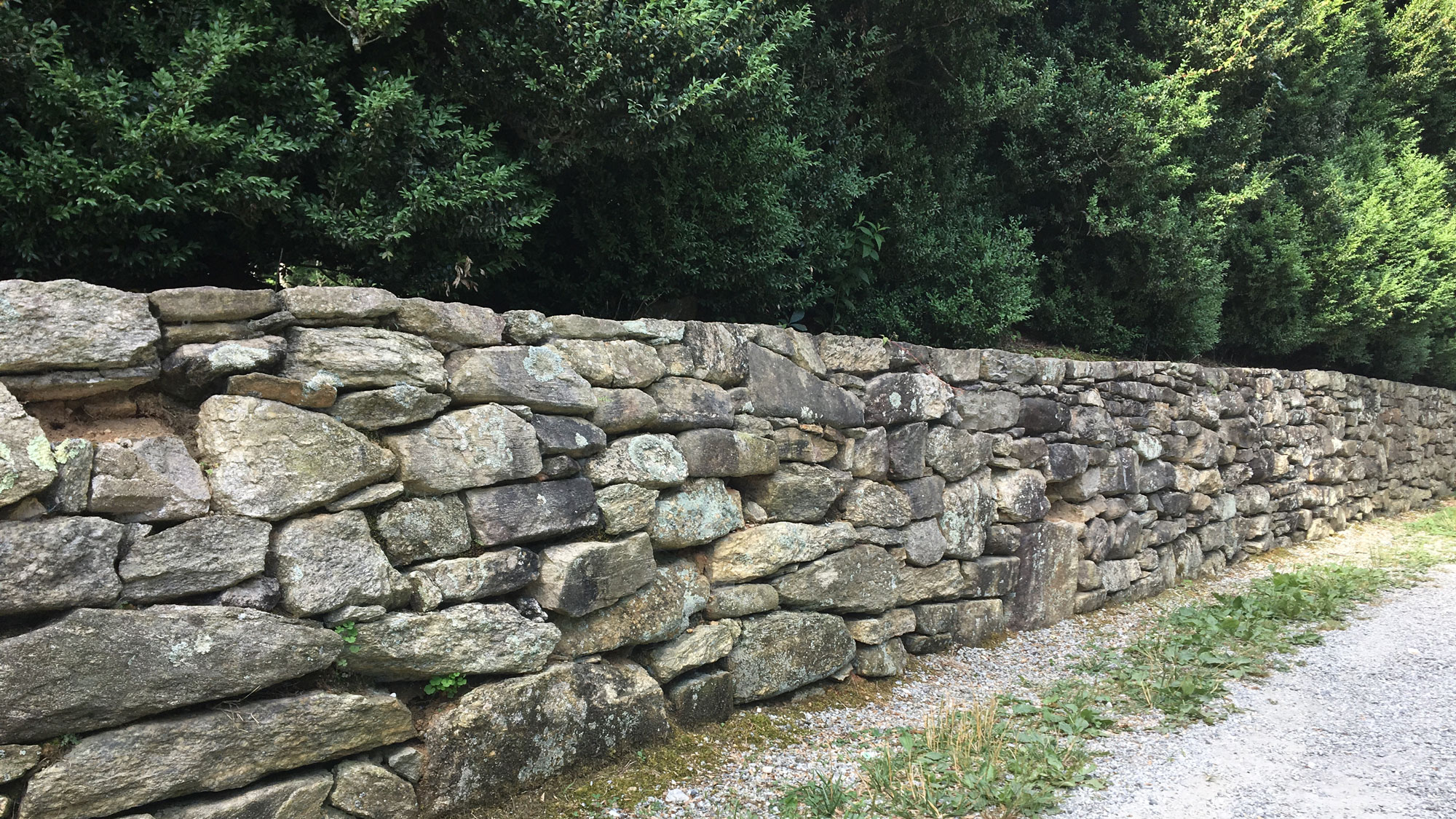The Slow Greening Season
/Tim Jones
The following is shared from Tim Jones. Tim Jones is a native of Flat Rock and grew up in Flat Rock and East Flat Rock. He serves in ministry at the Hendersonville Rescue Mission and at St. James Episcopal Church. Tim is an artist, writer and passionate explorer of the natural world. His nature photography and poetry are available through the Gallery at Flat Rock.
In this piece, Tim reflects on the past year and the promise of a new beginning as discovered in his search for the earliest wildflowers on the forest floor.
———
It’s been almost a year now. The hardest part of hope is always that last stretch when what is hoped for is just around the corner and almost within reach.
My FB posts from a year ago contained so many hopeful plans and dreams, but everything changed. This virus has managed to destroy, diminish and alter the lives of so many people I care about. Out of respect for the privacy of the people I serve in the different spheres of my life, I have not talked much about it publicly, but it feels like I have lived a decade in the space of less than a year.
There have been many sleepless nights worrying about how to keep people safe and trying to figure out how to yet again reconfigure everything so as to deal with changing situations on the ground in our community. The inability to be present with people who are dying or in crisis has been one of the hardest parts of this to carry. No one is really talking about the spiritual and mental health crisis that has accompanied the profound loneliness and isolation, but it’s been a silent killer as well.
There have been suicides in our community that I would definitely count as part of the toll of this pandemic. One of the hardest parts of ministry for me has always been the gap between what I would like to be able to do and what I actually can do. During this pandemic that gap widened into a canyon. The endless cycle of re-open, re-close, learn-from-mistakes and readjust to try again has defined almost every aspect of my seeking to somehow live out the Good News this past year.
There have also been some personally hopeful moments breaking through. Even though it has taken much, much longer than normal, some of our shelter guests have finally been able to transition into their own housing. Creative things like nursing home window visits have brought so much joy. On many days just getting to create art and poetry has saved my life. Now that the vaccines are slowly starting to make their way to the most vulnerable, the future is starting to look different, but I know this is also often the most difficult time for me.
Perhaps it is for you as well.
Trout Lily
Every year this is the season when I start to scout the brown and gray forest for any signs of life. As a wildflower photographer in the Southern Appalachians, I’ve learned where to spot the first hints of Spring at lower elevations. It never fails. I will see a handful of early rising trout lily sprouts and rejoice, only to be followed by a blast from the polar vortex and some of the coldest days of winter. It’s hard to be patient when the end of winter is within reach, but the end of winter can also bring the most brutally cold air of the season.
After long months of short days, diminished light and freezing temperatures, the first signs of green on the forest floor can actually make me more restless. Sometimes I find myself yelling out loud at the weather forecast on television. That’s how this all feels now to me in the pandemic, but here is what I know: The first real sprouts of green are only the advance reconnaissance party of a much larger impending invasion. They don’t signal that winter is over. They hold promises that the end is beginning and beginnings are often confusing and messy. That’s when I start to pace the floors.
There’s a difference between optimism and hope. Hope is much harder. It only comes with patience and perseverance. Now is the slow greening season when we enter into that lesson.
This is a photo I took today of a very cold trout lily in the forest. I admire their eager tenacity which is so much larger than their size. The poem I wrote while I was in the forest taking photos this afternoon. Fun Fact: if you can zoom in on the biggest drop of last night's rain, you can see a reflection of me rolling around on the ground with my camera taking this photo! TJ
Close to Earth
Near to Heaven
My father,
who was near to heaven
used to say, “Don’t be so smart
that you're of no use in this world.”
I thought he was talking about
reading books,
buying tires,
writing poetry,
mailing checks,
but that’s not what he said.
Trout lilies aren’t afraid
to bet against winter.
They wake up first.
They get on with their rising,
get on with their living,
get on gathering sunlight,
above last year’s clutter.
Nothing can stop them
from entering the world.
The stream beside them
isn’t afraid to leave the forest.
It gets on with its thawing,
gets on with its falling,
gets on with its cleansing.
Last season’s current
is already ocean.
Nothing can stop it
from entering the world.
My father,
who was close to the earth,
was trying to say,
“Treat the world as if it’s real.”
That doesn’t mean
there’s nothing more.
It means there’s nothing less.
To be of use is to enter the world,
breathe what it breathes
and get on with its work.
Pay attention. There’s so much
it wants to tell you.
Copyright Tim Jones 2021







